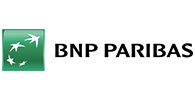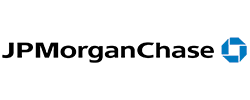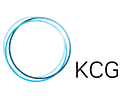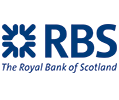Leverage in Forex Trading: How to Use It Wisely
Why Leverage is Both Powerful and Risky
Leverage is one of the most attractive—and dangerous—aspects of forex trading. It allows traders to control large positions with a relatively small amount of capital, amplifying both profits and losses. While leverage can open doors to bigger gains, it can also wipe out your account if used recklessly.
In this guide, we’ll break down how forex leverage works, its pros and cons, and how to use it wisely to optimize your trading strategy.

1. What is Forex Leverage?
Leverage in forex trading is essentially borrowed capital that allows you to open positions much larger than your account balance. It’s expressed as a ratio, like 50:1 or 100:1, meaning you can control $50,000 or $100,000 in the market with just $1,000.
Example:
- With 100:1 leverage, a $1,000 deposit allows you to trade up to $100,000.
- A small market move of just 1% could result in significant gains—or losses.
FXCG offers flexible leverage options, giving traders the ability to choose the level that suits their strategy and risk tolerance.
2. The Pros and Cons of Using Leverage
✔ Pros:
- Amplified Profits: Small market movements can yield substantial returns.
- Increased Market Exposure: Trade larger positions without tying up all your capital.
- Capital Efficiency: Free up funds for diversification or other investments.
✘ Cons:
- Amplified Losses: Just as it boosts profits, leverage magnifies losses.
- Margin Calls: If your account falls below the required levels, brokers may close positions automatically.
- Emotional Trading: The potential for quick losses can lead to rash decisions.
Pro Tip: Use leverage cautiously—especially as a beginner. High leverage isn’t always better.
3. How to Use Leverage Wisely
Set Realistic Leverage Ratios
The temptation to use maximum leverage is strong, but seasoned traders know better. Start small—10:1 or 20:1—and increase only as you gain experience.
Apply Strict Risk Management
- Stop-Loss Orders: Always set stop-loss orders to limit potential downside.
- Position Sizing: Only risk 1-2% of your trading capital per trade, even when using leverage.
- Use Margin Wisely: Don’t over-leverage. Keep a healthy margin to avoid forced liquidations.
Test with a Forex Demo Account
Practice using leverage on a Forex demo account before trading real money. The platform allows you to experiment with different leverage levels in real market conditions, risk-free.
4. Leverage and Risk: Finding the Balance
Understanding Margin Requirements
Margin is the amount of capital you must have in your account to open a leveraged trade. FXCG provides transparent margin requirements, helping traders avoid unexpected margin calls.
Example:
- A 100:1 leverage trade might require a 1% margin—meaning a $100,000 trade would need $1,000 in your account.
Monitoring Volatility
High-volatility markets can be especially risky when using leverage. Economic news releases, geopolitical events, or unexpected market shifts can lead to rapid price swings.
Pro Tip: Use an economic calendar to track major news events and adjust your leverage exposure accordingly.
5. Leverage in Different Trading Strategies
- Scalping: Low timeframes and small price movements. Often uses higher leverage but requires strict risk management.
- Day Trading: Moderate leverage with positions closed by end-of-day. Balances risk and reward.
- Swing Trading: Holds positions over days or weeks. Typically uses lower leverage to accommodate overnight risks.
- Position Trading: Long-term approach. Leverage is used conservatively due to the extended holding periods.
6. Regulatory Considerations on Leverage
Different regions have regulations limiting the amount of leverage brokers can offer. For example:
- EU Brokers: Capped at 30:1 for retail forex traders.
- U.S. Brokers: Limited to 50:1 for major currency pairs.
- FXCG: Offers competitive, flexible leverage within global compliance standards, ensuring traders have the best options tailored to their needs.
Conclusion: Leverage is a Tool—Use it Wisely
Leverage can be your ally or your downfall it all comes down to how you use it. Understanding the risks, applying disciplined risk management, and choosing appropriate leverage ratios are key to long-term success.
before: Forex Trading: Build a Winning Plan, Step-by-Step Guide for Success
next: Using AI and Algorithmic Tools to Improve Forex Trading


















